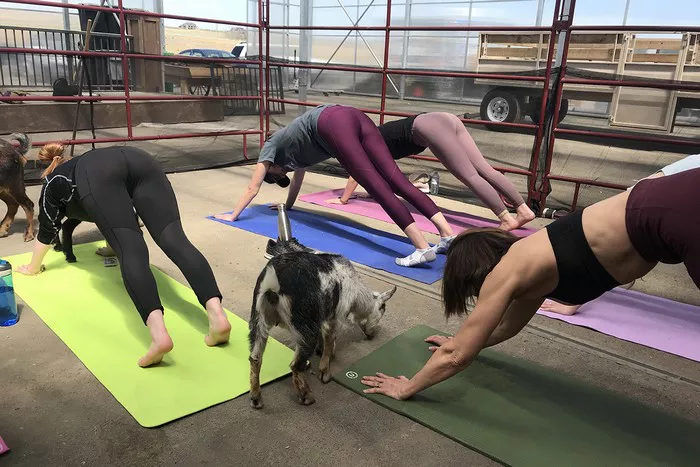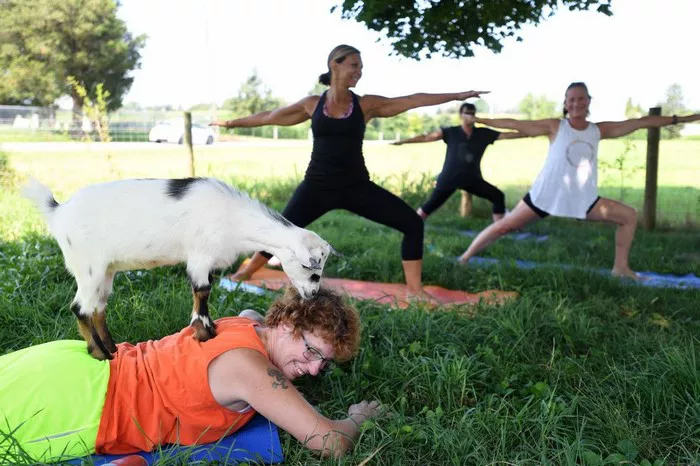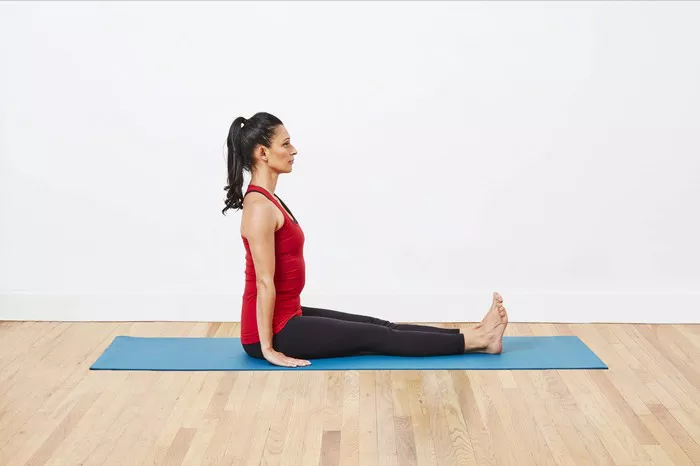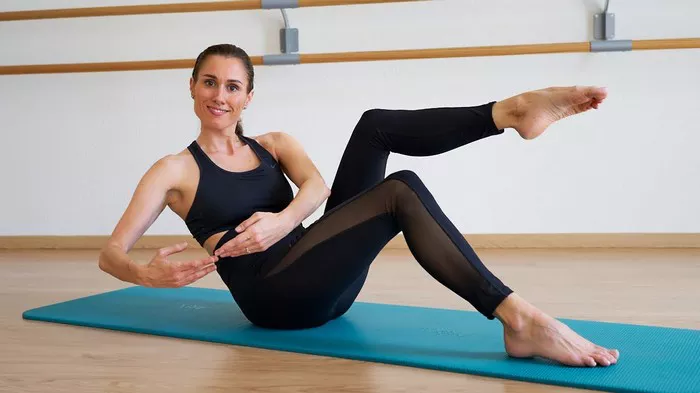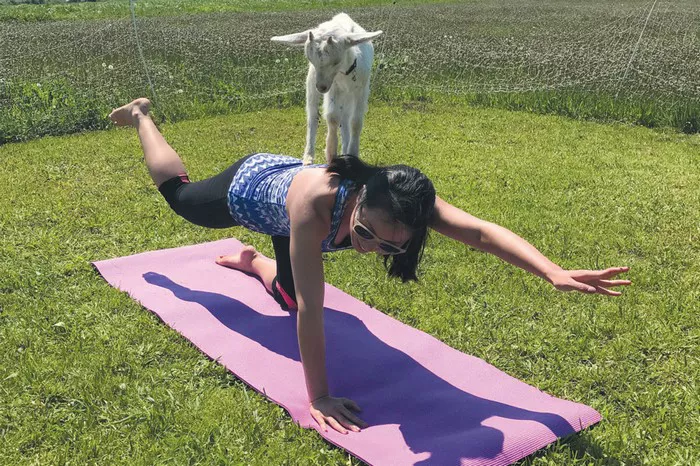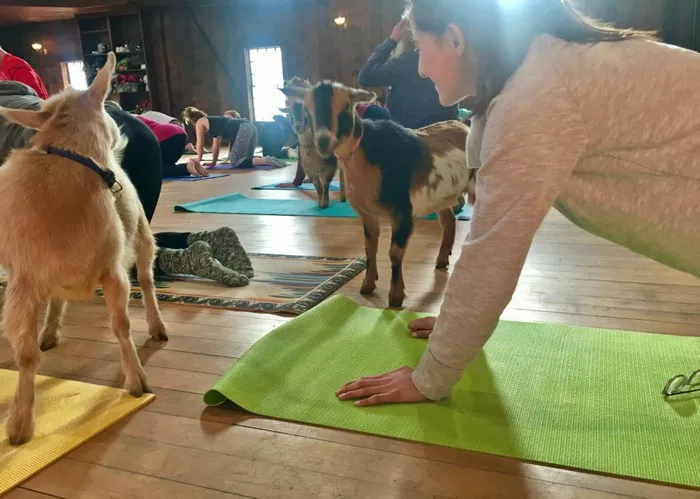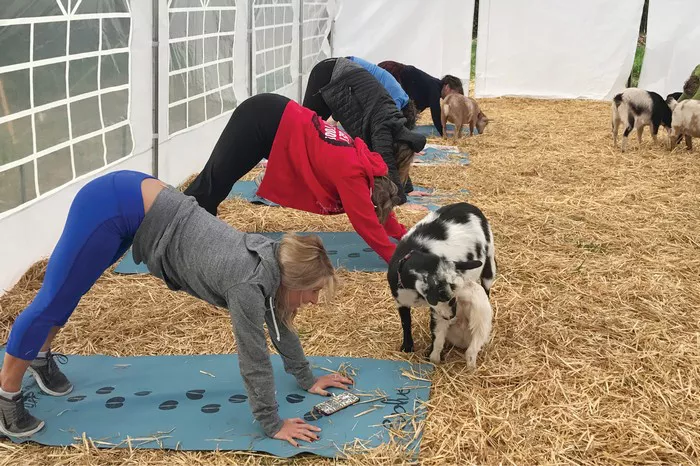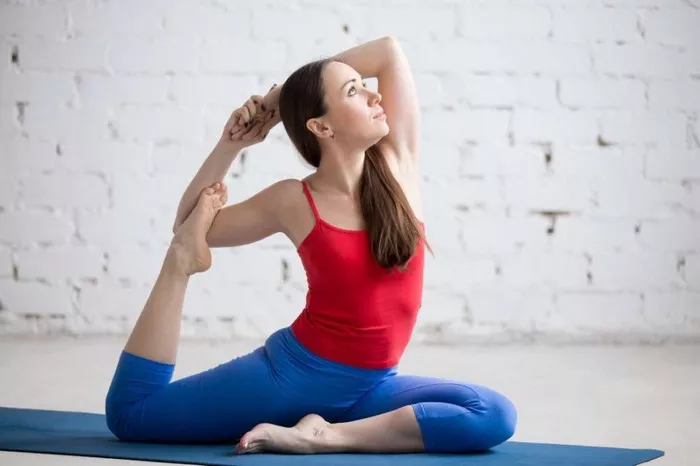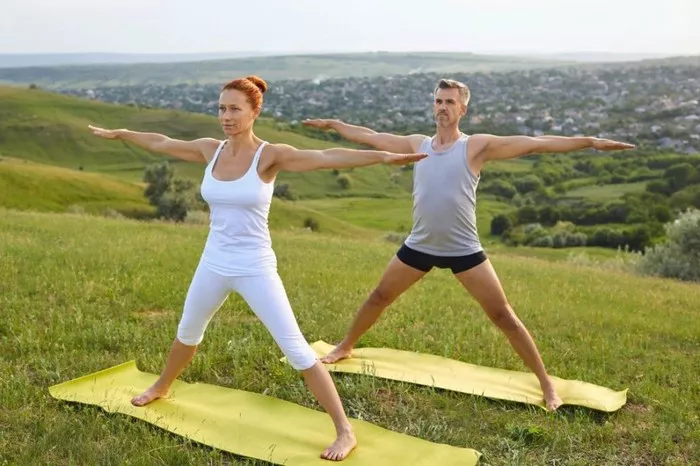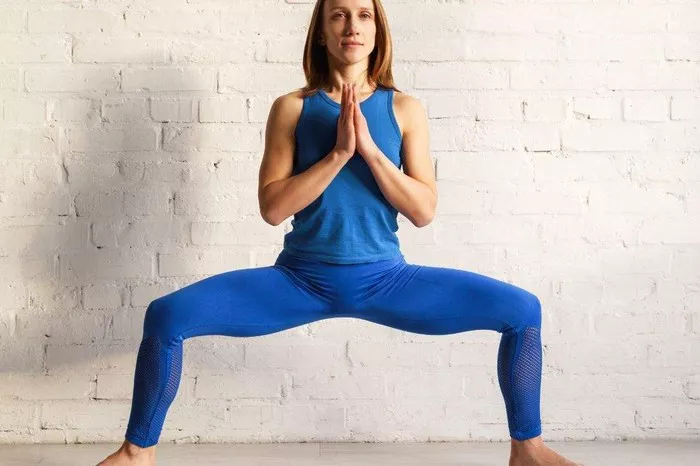Yoga, a practice with ancient roots, incorporates various postures or asanas that help individuals achieve a state of physical, mental, and spiritual well-being. Among the myriad of asanas, one of the most graceful and symbolic postures is the Nataraja Pose, also known as the “Lord of the Dance” pose. This asana not only enhances flexibility, strength, and balance but also holds significant spiritual meaning, representing the dance of creation, destruction, and transformation. In this article, we will explore the Nataraja pose, its benefits, alignment tips, variations, and how it relates to the deeper aspects of yoga practice.
Understanding the Nataraja Pose
The Nataraja Pose, or Natarajasana (Sanskrit: नटराजासन), derives its name from the Hindu god Shiva, often referred to as “Nataraja,” which translates to “Lord of the Dance.” In this pose, the practitioner mimics a dance-like movement, symbolizing the cosmic dance of Shiva. This divine dance represents the continuous cycles of creation, preservation, and destruction, all fundamental forces in the universe.
In the Nataraja pose, the body is beautifully sculpted to resemble a dancer’s posture, with one leg lifted behind the body, the other leg standing firmly on the ground, and the arms extended gracefully. This asana not only connects the practitioner to the divine cosmic rhythm but also encourages a sense of fluidity, strength, and serenity in the physical body.
The Meaning Behind the Pose
The Nataraja pose is rich in symbolic meaning. Shiva, as Nataraja, is depicted as performing a dance that creates and destroys the universe simultaneously. The four arms of Shiva in the traditional Nataraja sculpture represent various cosmic activities:
The Upper Right Arm: This arm is often depicted holding a drum, symbolizing the sound of creation. The sound of the drum represents the creation of the universe, bringing forth life.
The Upper Left Arm: This arm is usually shown with a flame, symbolizing destruction. It represents the fire that burns away ignorance and impurities, paving the way for transformation.
The Lower Right Arm: This arm is often shown in a gesture of protection, called abhaya mudra, which signifies fearlessness and the blessing of safety for all beings.
The Lower Left Arm: This arm points to the raised foot of Shiva, symbolizing liberation and freedom. It represents the overcoming of obstacles and the path toward enlightenment.
In the context of the Nataraja pose, the body mirrors these attributes: strength, flexibility, and a sense of groundedness, with an openness to transformation. The practitioner of the Nataraja pose not only expresses physical grace but also embodies these deeper philosophical teachings in the body and mind.
The Physical Benefits of Nataraja Pose
The Nataraja Pose is a dynamic asana that requires flexibility, strength, balance, and coordination. As with many other yoga poses, it offers a wide range of physical benefits. Let’s delve into these benefits in detail:
1. Improved Balance and Coordination
The Nataraja pose is a standing posture that requires excellent balance and coordination. By lifting one leg and extending the arms, the practitioner must engage the core muscles to maintain stability. Over time, consistent practice of Natarajasana strengthens the body’s ability to maintain balance, both physically and mentally.
2. Enhanced Flexibility
One of the hallmark benefits of the Nataraja pose is its ability to enhance flexibility, particularly in the hips, thighs, and back. As the leg is lifted and held behind the body, the hip flexors, quadriceps, and hamstrings are stretched. Additionally, the backbend involved in this pose stretches and lengthens the spine, improving overall flexibility in the back and torso.
3. Strengthening of Core Muscles
The Nataraja pose demands engagement from the core muscles to stabilize the body while balancing on one leg. This constant engagement helps strengthen the abdominal muscles, lower back, and obliques. A strong core is essential for maintaining posture and alignment, both in this pose and throughout life.
4. Opens the Chest and Shoulders
As the arms extend and the chest opens in the Nataraja pose, the shoulders and chest are stretched. This helps counteract the effects of poor posture, such as rounded shoulders, and promotes a sense of openness in the chest. Regular practice of this asana can lead to improved posture and alleviation of tension in the upper body.
5. Boosts Mental Focus and Clarity
Balancing poses, such as Nataraja, require intense concentration and mental focus. As you hold the pose, the mind must remain clear and present, free from distractions. This mental engagement can help cultivate mindfulness, which is a fundamental aspect of yoga. Over time, this can lead to improved mental clarity, focus, and overall well-being.
6. Strengthens the Legs
Standing on one leg in the Nataraja pose strengthens the muscles of the standing leg, including the quadriceps, calves, and hamstrings. The engaged muscles in the standing leg help to build stability and strength, which translates into better support for the entire body. The lifted leg also engages the gluteus muscles, further contributing to overall strength.
How to Practice Nataraja Pose
The Nataraja pose can be challenging for beginners due to the balance and flexibility required. However, with consistent practice and proper alignment, anyone can improve and eventually master the posture. Below are the step-by-step instructions on how to practice the Nataraja pose safely and effectively.
1. Start in Mountain Pose (Tadasana)
Begin by standing tall in Mountain Pose (Tadasana). Your feet should be about hip-width apart, and your arms should be by your sides. Take a few deep breaths to center yourself and establish your focus.
2. Shift Weight to One Leg
Shift your weight onto your right leg and firmly plant it on the ground. Ensure that your standing leg is straight, with a slight bend in the knee if needed for balance. The weight should be distributed evenly across the foot.
3. Lift the Left Foot Behind You
Bend your left knee and bring your left foot toward your glutes, holding the outer edge of your left foot with your left hand. You may use a yoga strap around the foot if you cannot reach it easily.
4. Extend Your Right Arm Forward
Extend your right arm straight in front of you, parallel to the floor, with your palm facing down. Keep your arm engaged, and maintain a straight line from your fingertips to your shoulders.
5. Begin the Backbend
Slowly begin to hinge forward from your hips, lifting your left foot higher behind you. Keep your gaze fixed on a point in front of you to help with balance. Your chest and torso will open as you backbend slightly, ensuring that the spine remains long and not compressed.
6. Engage the Core
To protect your lower back, engage your core muscles and maintain a steady breath. Ensure that your hips remain square to the floor, avoiding any twisting in the pelvis.
7. Hold the Pose
Once you’ve reached a stable position, hold the pose for several breaths. The goal is to find balance and fluidity, not rigidity. Keep your gaze steady and continue breathing deeply.
8. Return to the Starting Position
To exit the pose, slowly lower your lifted leg and return your torso to the upright position. Release your left foot and return to Tadasana.
9. Repeat on the Other Side
Repeat the same steps on the other side, shifting the weight to your left leg and holding your right foot with your right hand.
Modifications and Variations
If you’re a beginner or if you have limitations in flexibility or balance, you can modify the Nataraja pose to make it more accessible:
Use a Strap: If you can’t reach your lifted foot with your hand, use a yoga strap around your foot to help you hold the position more comfortably.
Practice Near a Wall: Practicing near a wall can provide extra support for balance while you work on building strength and flexibility.
Focus on Alignment: If the backbend feels intense, focus on lengthening the spine instead of going deeply into the backbend. This will reduce strain on the back and neck.
Use Props for Support: Placing a block or cushion under your lifted foot can provide additional support while you develop the flexibility needed for the full expression of the pose.
Conclusion
The Nataraja pose in yoga is a beautiful and powerful expression of grace, strength, and spiritual transformation. This asana helps to develop balance, flexibility, and core strength while providing a sense of inner calm and focus. Beyond its physical benefits, the Nataraja pose serves as a reminder of the cosmic dance of creation and destruction, inviting practitioners to align their physical practice with deeper spiritual truths.
As with any yoga pose, consistency, patience, and mindful practice are key to mastering Nataraja. With time, you will experience not only an improvement in your physical abilities but also a deeper connection to the rhythm and flow of life itself. Whether you are a seasoned yogi or a beginner, the Nataraja pose offers a unique opportunity to explore the dance of life through movement, breath, and awareness.
Related Topics:

